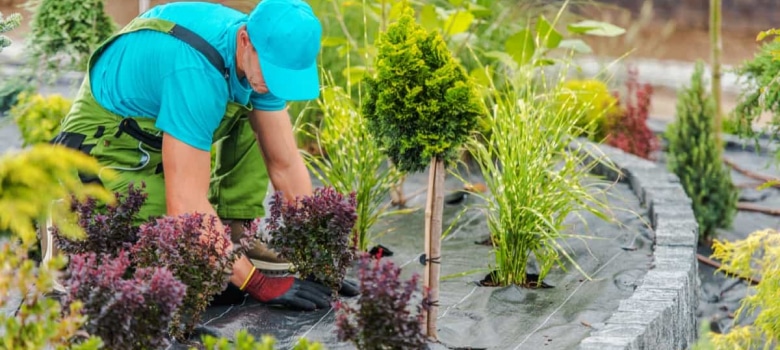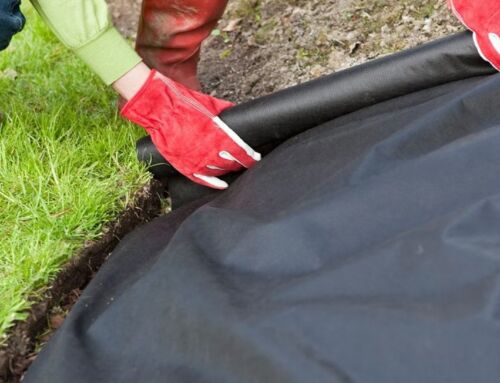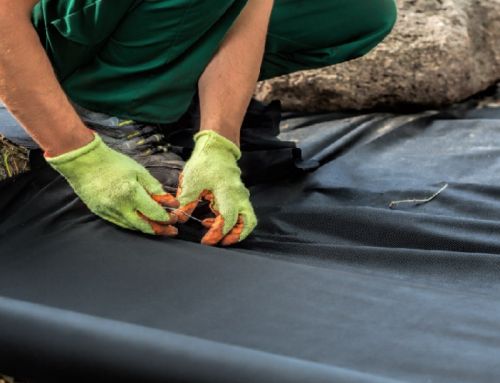Landscaping can be an exciting way to transform your outdoor spaces… but it can also be confusing, overwhelming and frustrating.
Sometimes, knowing how, when and where to start is half the battle.
However, armed with a clear plan and some creative inspiration, you can turn your dreams into reality – and we want to help.
With 25 years of experience helping Sydney homeowners upgrade and improve their outdoor spaces, we’ve put together a step-by-step guide to help you kickstart your landscaping project in Sydney.
Let’s break ground and get right into it.
Looking for more landscape design help? Check out our most popular resources:
Step One: Define Your Vision
Every great landscaping project begins with a vision.
Take some time to think about how you want your outdoor space to look and feel and always consider the purpose of the space.
Do you want a serene retreat, a vibrant garden, or a space for outdoor entertainment?
Having a clear vision will guide your decisions throughout the process.
Step Two: Set a Budget
Landscaping can range from simple and budget-friendly to elaborate and expensive. Determine how much you’re willing to invest in your project and allocate funds for different aspects like plants, hardscaping, and professional help if needed. Setting a budget early on will prevent overspending and help you make informed choices.
Step Three: Plan Your Layout
Start with a rough sketch of your outdoor area. Consider factors like the existing terrain, sunlight exposure, and any potential challenges such as slopes or drainage issues. Divide your space into zones based on your vision – seating area, garden beds, pathways, etc. This layout will serve as a roadmap for your landscaping journey.
Step Four: Choose Native Plants
Sydney’s climate can be challenging, with hot summers and varying levels of rainfall. Opting for native plants is a smart choice, as they are adapted to the local conditions and require less maintenance. They also attract native wildlife and contribute to the overall biodiversity of your garden.
Step Five: Incorporate Hardscaping
Hardscaping elements like pathways, decks, and retaining walls add structure and functionality to your landscape. Choose materials that complement your vision and the surrounding environment. For example, natural stone works well for a rustic garden, while sleek tiles might be perfect for a modern outdoor space.
Step Six: Consider Sustainability
Sustainable landscaping not only benefits the environment but also reduces long-term maintenance costs. Install a rainwater harvesting system to water your plants, choose permeable paving to prevent water runoff, and consider using recycled materials for hardscaping. Embracing sustainable practices is a responsible way to landscape.
Step Seven: Focus on the Basics
Begin your landscaping journey by preparing the soil and creating a solid foundation. Clear the area of debris, weeds, and any unwanted vegetation. Amend the soil with organic matter to improve its fertility and drainage. Proper soil preparation sets the stage for healthy plant growth.
Step Eight: Plant with Care
When it’s time to plant, arrange your chosen plants according to their growth requirements. Place taller plants towards the back and shorter ones in the front. Pay attention to spacing to allow for healthy growth without overcrowding. Water your plants thoroughly after planting and mulch the soil to retain moisture and suppress weeds.
Need help? Learn more about our plant advice and supply services
How to Choose the Right Plants for Your Sydney Landscape
As you embark on your landscaping journey, one of the most crucial decisions you’ll make is selecting the right plants for your garden.
Sydney’s unique climate and soil conditions require thoughtful consideration when choosing plants that will thrive and enhance the beauty of your outdoor space. Here are some tips to help you make the best plant choices:
1. Research Native Plants
Native plants are indigenous to the region and have evolved to thrive in Sydney’s specific climate and soil conditions. They require less water and maintenance compared to exotic plants and often attract local wildlife. Research native species that are well-suited to your area and incorporate them into your landscape design.
2. Consider Microclimates
Your garden might have microclimates – small areas with slightly different growing conditions due to factors like sun exposure, wind patterns, and shade.
Observe these microclimates throughout the day and choose plants that match their specific requirements. For instance, heat-loving plants can be placed in sunny spots, while shade-loving varieties can flourish under trees or structures.
3. Embrace Diversity
A diverse range of plants not only adds visual interest to your garden but also promotes a healthier ecosystem. Choose plants of different heights, colours, textures, and bloom times to create a dynamic and visually appealing landscape. This diversity also supports a variety of pollinators and other beneficial insects.
4. Be Mindful of Water Needs
Water scarcity is a concern in many parts of Australia, including Sydney. Opt for drought-tolerant plants that can withstand periods of limited water availability. Group plants with similar water requirements together to make irrigation more efficient. Mulching also helps retain soil moisture and reduces water evaporation.
5. Plan for Year-Round Interest
A well-designed landscape should offer beauty and interest throughout the year. Choose a mix of plants that bloom during different seasons to ensure there’s always something captivating to admire. Incorporate evergreen shrubs and trees to provide structure and colour even in the colder months.
6. Don’t Overlook Maintenance
While a garden full of colourful flowers might be appealing, it’s important to consider the maintenance required to keep them looking their best. If you have limited time for gardening, opt for low-maintenance plants that don’t require frequent pruning, deadheading, or other intensive care.
Landscape Design Rules: Everything You Need to Know
7. Test Your Soil
Soil quality plays a significant role in plant health and growth. Conduct a soil test to understand its pH and nutrient levels. Some plants thrive in acidic soil, while others prefer alkaline conditions. Amending the soil with compost or other organic materials can help create an optimal growing environment for your chosen plants.
8. Learn About Invasive Species
Be cautious about introducing invasive plant species into your landscape. These plants can quickly take over your garden and disrupt the local ecosystem. Research any plants you’re considering to ensure they are not invasive in the Sydney area.
9. Seek Professional Advice
If you’re unsure about plant selection or the specific needs of your landscape, consider consulting with a local gardening expert or landscape designer. They can provide valuable insights based on their knowledge of the local environment and conditions.
10. Be Patient
Creating a lush and thriving landscape takes time. Plants need time to establish their root systems and grow to their full potential. Be patient and allow your garden to evolve naturally over the seasons. Regular care and attention will yield beautiful results in due time.
Selecting the right plants for your Sydney landscape is a thoughtful process that involves careful consideration of your garden’s unique characteristics and your own preferences.
By choosing native species, embracing diversity, and being mindful of water needs, you can create a garden that not only enhances your outdoor space but also contributes positively to the environment.
Create a Dreamscape in Your Yard with Manna Landscapes
Contact Manna Landscapes today for reliable, affordable, and professional landscape services in Sydney. We have over 25 years of experience in landscaping and take pride in our business.
We take the time to understand the needs and requirements of each and every customer and delight in providing them with beautiful outdoor environments. Whether you need simple lawn mowing or a more intricate form of garden maintenance, don’t hesitate to get in touch.
Book your obligation-free design consultation online or call now for more information on our premium garden services – 0415 837 699.



